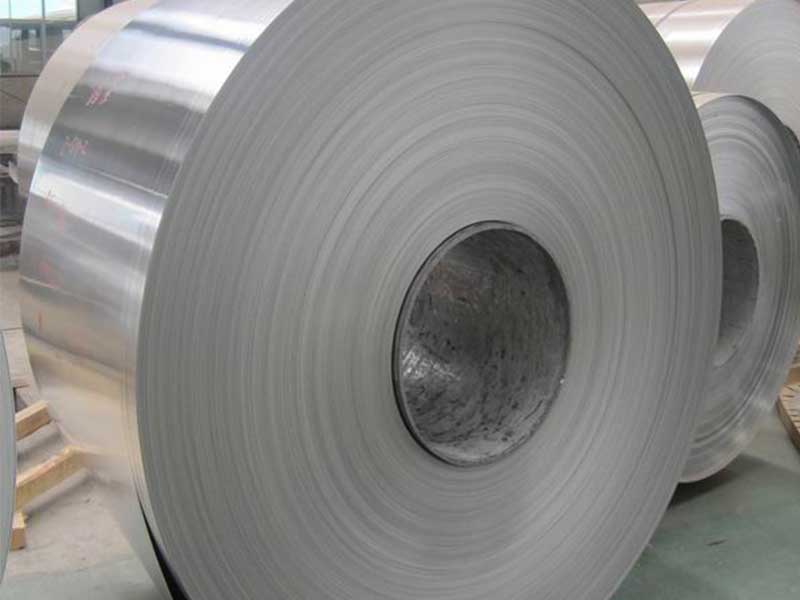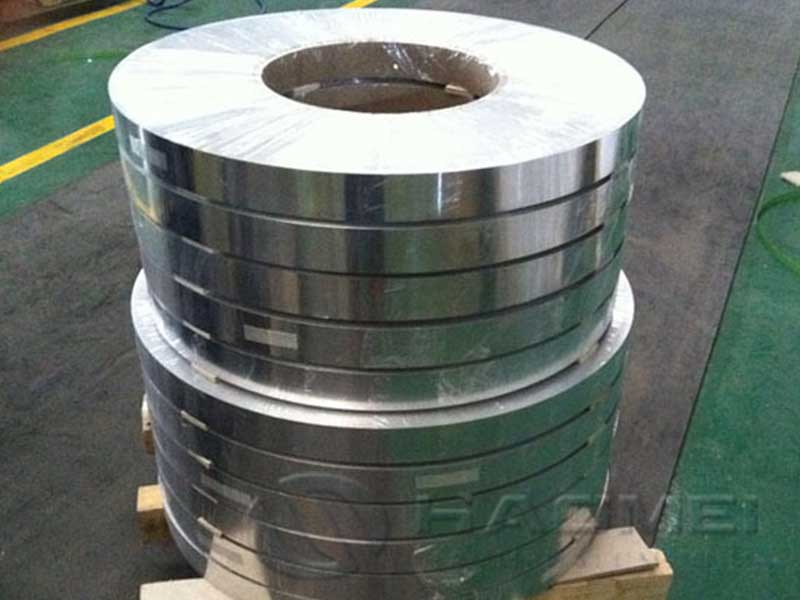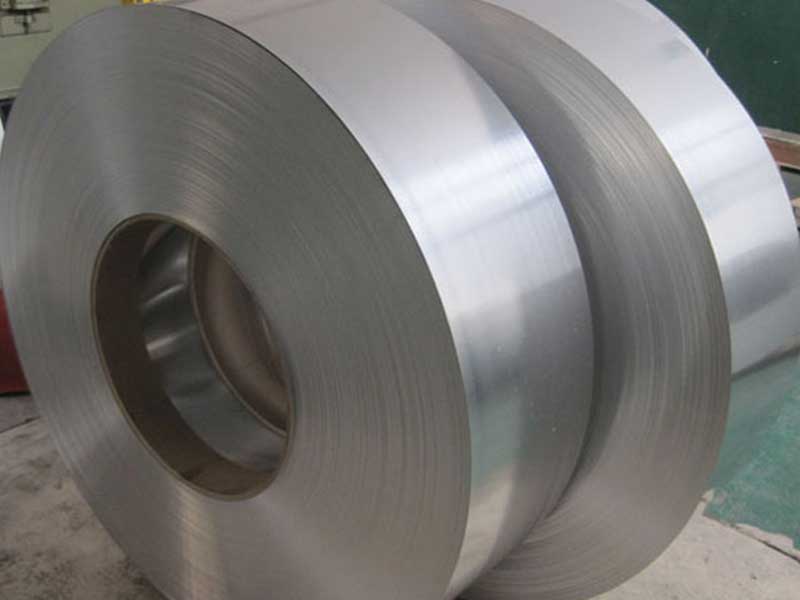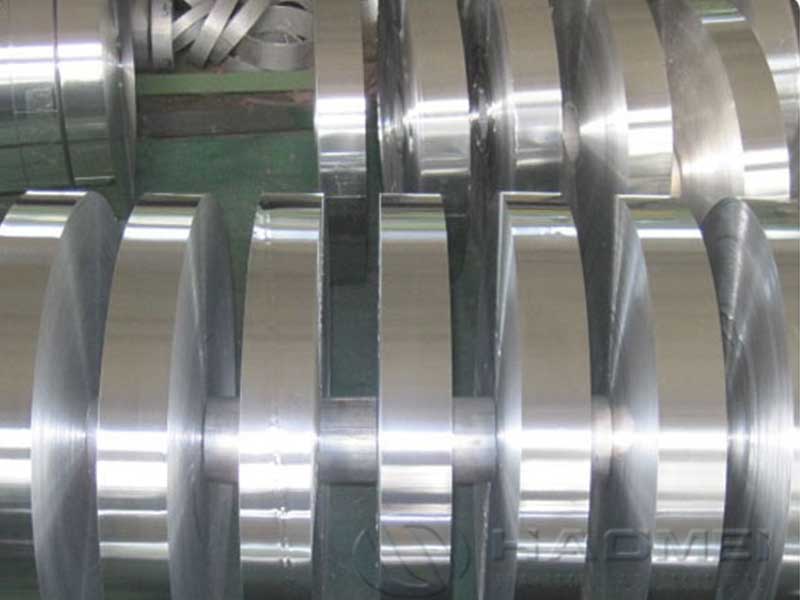Strip pattern aluminum coil
In the sprawling world of aluminum alloys, the strip pattern aluminum coil emerges as a compelling synthesis of engineering precision and visual elegance. Far beyond being just a metallic web, these coils embody a strategic confluence of microstructural ingenuity and surface design—a combination that elevates them from mere raw material to critical functional components across various sectors.
Strip Pattern Aluminum Coil — More Than Meets the Eye
At first glance, the "strip pattern" in these aluminum coils might evoke imagery of decorative lines or repetitive motifs. However, this pattern is no mere superficial engraving. It is a deliberately engineered textural design applied onto the coil surface through advanced rolling, embossing, or anodizing methods. These intricate, linear, or wave-like grooves are etched onto the aluminum’s surface for both aesthetic and performance purposes.
Technically, the strip pattern often leverages micro-scale deformation induced during cold or hot rolling processes. The metal undergoes precise mechanical working adorned with strain-controlled techniques that not only assign a visual texture but also influence the aluminum’s surface hardness and flexibility. This dual effect ensures the strip pattern doesn't simply remain skin deep but alters the interaction of the aluminum with its environment on a granular level.
Features of Strip Pattern Aluminum Coil
-
Enhanced Surface Durability: The patterned surface boasts augmented resistance to scratching and abrasive wear. The ridges and grooves guard against superficial damage, thus preserving surface integrity over extended usage.
-
Improved Corrosion Resistance: When combined with anodizing or protective coatings, the strip pattern aspects create micro-channels that facilitate better dispersion of moisture and chemicals, inhibiting localized corrosion passages.
-
Weight Optimization and Structural Strength: In applications requiring lightweight yet sturdy materials, the specific strip patterns optimize the aluminum’s grain orientation, contributing to a superb strength-to-weight ratio. This is particularly advantageous in sectors like aerospace and automotive manufacturing.
-
Visual and Tactile Appeal: The patterned coil satisfies aesthetic criteria across industries demanding modern and sleek metallic finishes. The capability to variate pattern density, depth, and direction introduces a tailor-made look aligned with brand or design language.
Distinctive Applications of Strip Pattern Aluminum Coil
Architectural Cladding and Interiors: The strip pattern dramatically alters how light interacts with a surface, producing shimmering linear effects that architects prize for facades, ceilings, and wall embellishments. Its attribute of enhancing scratch resistance means lesser maintenance while providing robust weatherproof coverings.
Transportation Industry: In automobiles, buses, and even aircraft interiors, strip pattern aluminum coils find use in floor panels, dashboards, and decorative trims. The micro-pattern surface prevents slippage and reduces glare—attributes when combined with lightweight metallurgy beneficial to fuel efficiency.
Consumer Electronics: Modern gadgets crave two attributes: resilience and aesthetics. These patterned coils are used for casing laptops, smartphones, and smartwatches offering an alluring look with micron-scale texturing that resists fingerprints and scuffs.
Packaging Industry: Premium packaging for toys, food, and luxury goods increasingly use validated strip pattern aluminum coils. The tactile sensation plus enhanced surface integrity strengthens brand presence while protecting contents with reliable metal izometry.
Behind the Scenes: Technological Nuances
From metallurgical view, the relationship between aluminum’s alloy composition and its patterned surface performance is subtle but powerful. Common if not specialized aluminum alloys—such as 3003, 5005, or 8011—undergo deliberate alloying with manganese, magnesium, or silicon to create substrates with perfect ductility enabling the strip pattern embossment without cracking.
Moreover, often the pattern precision derives from CNC controlled rollers that emboss surface geometry at micro-units repeatability. These machines ensure uniform spacing, allowing production tolerances within ±0.02 mm — a benchmark ensuring consistent optical and mechanical properties.
Furthermore, marrying strip pattern Processing with multi-layer coating technology imparts a polymer layer on top via PVD (Physical Vapor Deposition) or electrochemical deposition, perfectly lining the rugged patterned substrate without loss in fidelity—a technique where surface science and industrial mechanics meet.





